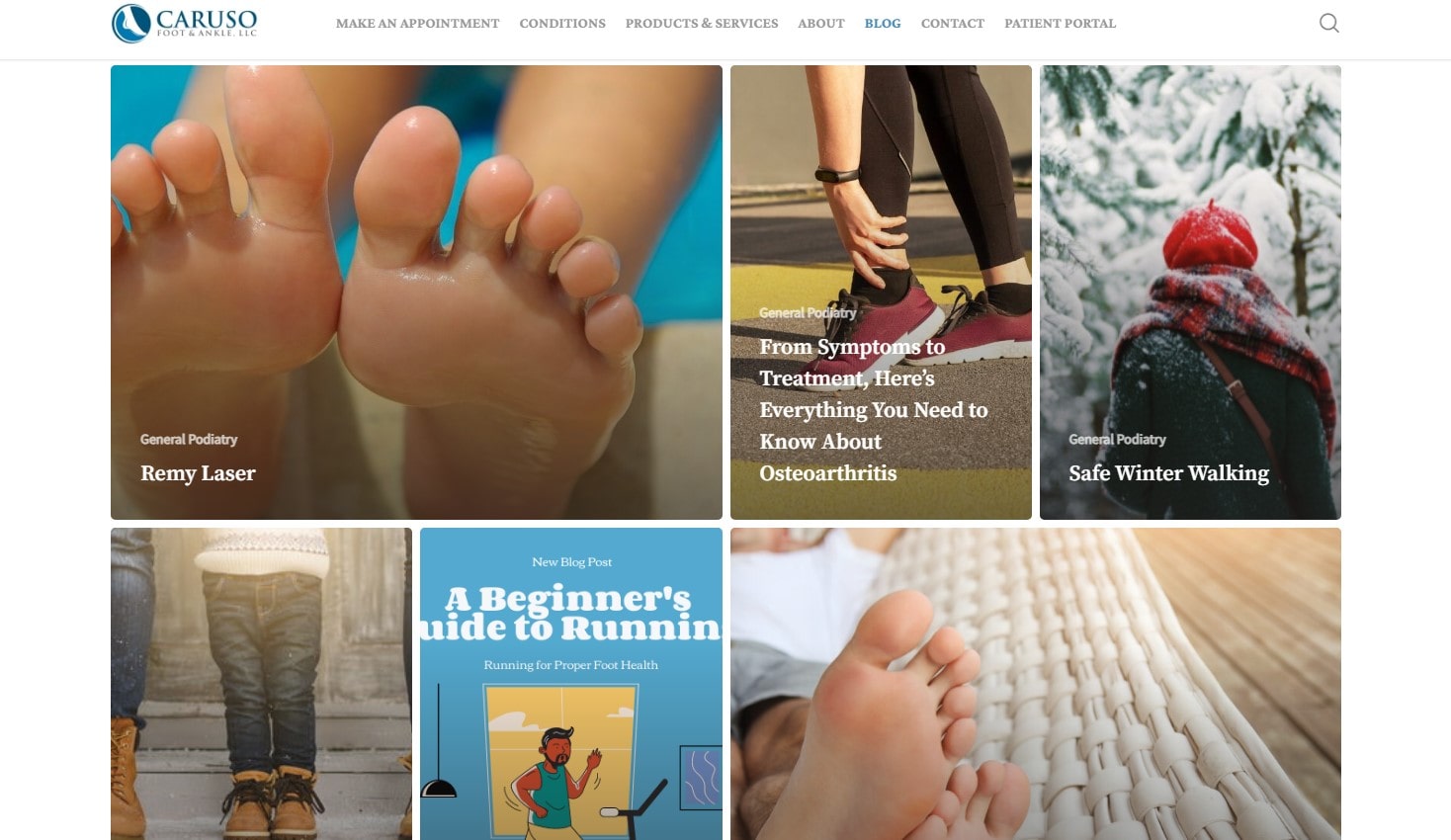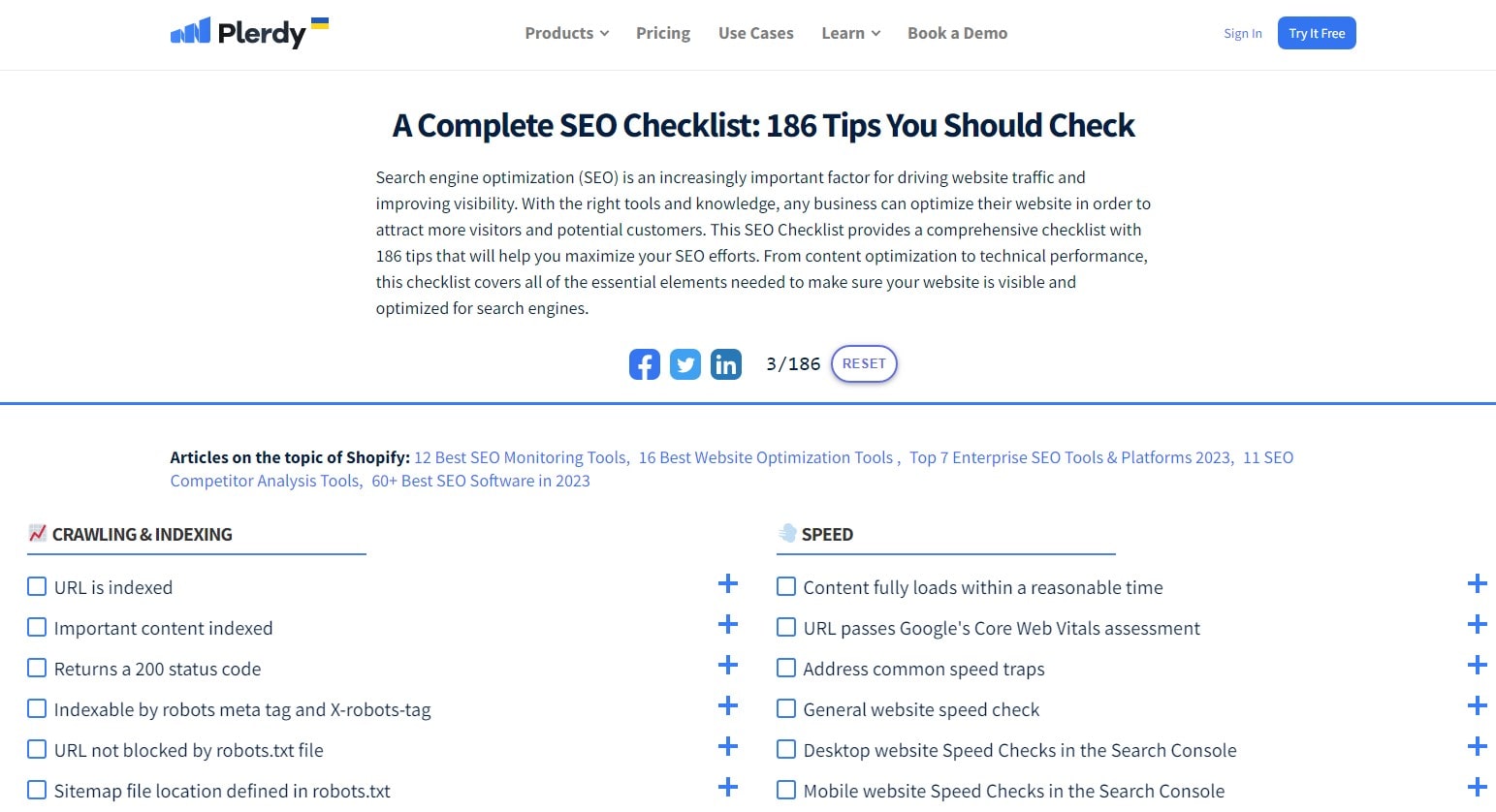Could your podiatry website outrun Usain Bolt in a Google search race? Well, it’s not just about speed but also smart SEO tactics. In the digital realm, where foot traffic meets web traffic, optimizing your podiatric practice’s online presence is no laughing matter. It’s essential for attracting more patients and stepping ahead of the competition. That’s where Plerdy steps in – like a trusty orthotic in a runner’s shoe, it supports and enhances your website’s performance. In this guide, we’ll delve into the crucial elements of SEO for podiatrists, laying out practical strategies to ensure your website doesn’t just jog but sprints in the search engine race.

Understanding SEO for Podiatry Practices
Imagine navigating a maze without a map; that’s your podiatry website without SEO. In the digital world, SEO is your compass, guiding potential patients straight to your practice. Let’s break down what this means for podiatrists, ensuring your website isn’t just a dot on the internet but a beacon for foot health seekers.
The Basics of SEO for Podiatrists
Your website becomes more visible and appealing to search engines like Google with SEO. For podiatrists, this means optimizing your website so that when someone searches for foot care or podiatry services, your site appears at the top of the results. It’s about using the right keywords, creating quality content, and ensuring your website is user-friendly. According to Moz, a leader in SEO technology, keywords and content are fundamental to boosting your site’s visibility.
Why SEO is Crucial for Podiatrists
For podiatry practices, SEO is not just about getting more website clicks; it’s about connecting with patients needing your expertise. In a sea of healthcare options, SEO helps your practice stand out. It targets those actively seeking podiatric care, boosting the possibility of in-person consultations.
SEO also builds trust. When your site ranks high, it’s seen as more credible. Search Engine Journal notes that users often perceive high-ranking sites as more trustworthy. Effective SEO methods for podiatrists also improve user experience, making your site easier to navigate and find content. This is crucial in the medical field, where clear, accessible information can differentiate between choosing your practice or a competitor’s.
Finally, local SEO is a game-changer for podiatrists. It focuses on optimizing your practice for local searches, like “podiatrist near me.” This is particularly important as most patients look for services within their vicinity. Local SEO involves claiming and optimizing your Google My Business listing and ensuring your practice appears in local directories, making it easier for patients in your area to find you.
Enhancing SEO and Practice Visibility through Keyword Optimization for Podiatrists

In the SEO landscape, selecting the right keywords is essential for guiding potential patients to your podiatry practice. Effective keyword research and optimization are pivotal for your practice’s online presence, acting as a beacon in the digital world. Let’s explore this key element to ensure your practice doesn’t just appear online but stands out distinctly in podiatry.
Key Steps in Keyword Identification for Podiatry SEO
The journey of SEO for your practice starts with identifying the right keywords. Think about terms directly related to your services, like “advanced bunion care,” “sports podiatry,” or “podiatrist in [Your City].” Use SEO tools such as Google Keyword Planner or SEMrush to understand search volumes and competition for these keywords. Choosing the right keywords is crucial for your practice’s SEO strategy.
When selecting keywords for your practice, it’s important to consider the search intent. Someone searching for “podiatry home remedies” is at a different stage than someone looking for “expert foot surgery near me.” Grasping this concept is fundamental in aligning your practice’s content with your audience’s needs, a cornerstone in SEO strategy.
Focus on long-tail keywords for your practice as well. These are specific, longer phrases with lower search volume but high relevance, like “children’s foot care specialist in Chicago,” targeting a specific audience for your practice.
Integrating Keywords into Your Practice’s Online Content
Once your practice’s keywords are identified, the next step is to embed them into your website content. This includes website text, blog articles, meta descriptions, and title tags. Integrating keywords naturally is vital, as Google’s algorithms can penalize ‘keyword stuffing’ – the overuse of keywords that can detract from the quality of your content.
Incorporate primary keywords in strategic areas like your homepage, service pages, and headers for effective SEO for your practice. However, remember that balance is key. Your content should remain informative, engaging, and tailored to your audience. According to SEO experts like Yoast, placing your primary keyword in the first paragraph, sporadically throughout, and in conclusion can enhance your practice’s SEO.
Update your website regularly with these keywords to maintain fresh content, which search engines prefer. A blog is a valuable tool for your practice, allowing you to discuss various podiatry topics and naturally incorporate keywords.
SEO is about providing content that meets your patients’ requirements and adds value, not merely ranking on search engines. Discussing common foot conditions, innovative treatment options, and preventive care tips can position your practice as a knowledgeable authority in podiatry. This not only assists with SEO but also builds trust with your audience.
Your podiatry practice needs keyword research and optimization to stand out online. This involves understanding your target audience, choosing suitable keywords, and integrating them into quality content that connects with search engines and potential patients. Mastering these SEO skills ensures your practice stands out as a trusted and prominent podiatry provider.
Optimizing Local SEO for Podiatrists

Local SEO is like the neighborhood map of the digital world for podiatrists. It’s not about being visible globally but shining brightly in your local community. By optimizing for local SEO, you ensure when someone in your area needs a podiatrist, your clinic is the first they find. Let’s dive into how you can make your practice the go-to local foot care expert.
Importance of Local SEO for Podiatrists
Local SEO is essential for podiatrists because most patients seek healthcare providers nearby. BrightLocal found that 97% of people discover about local businesses online. Your online presence must be tailored to catch the local audience’s attention.
Local SEO optimizes your website and online content for local search results. This includes using location-specific keywords such as “podiatrist in [City Name]” or “foot care services in [Neighborhood].” It’s about making sure your practice comes up as a top result when locals search for podiatry services.
The benefit of local SEO is two-fold: you become more visible to potential patients in your area, often leading to higher conversion rates. People searching for health services locally are generally more ready to book an appointment, making them more valuable than those just seeking general information.
Practical Steps for Local SEO Optimization
Optimize local SEO with your GMB listing. Claim your listing and fill it with accurate and detailed information about your practice. This includes your practice’s name, address, phone number, and hours of operation. Regularly updating your GMB profile can increase your visibility in Google’s local search results and Google Maps.
Next, focus on garnering positive reviews from satisfied patients. Reviews improve your local search rankings and build trust among potential patients. Encourage happy patients to leave feedback on your GMB and other relevant platforms like Yelp or Healthgrades.
Another key aspect is ensuring consistency in your NAP (Name, Address, Phone number) across all online platforms. Inconsistent information can confuse search engines and patients, hurting local SEO.
Lastly, create local content. Write about local events you participate in, community health initiatives, or common foot problems in your geographic area. Localized content resonates more with your target audience and can boost your local search rankings.
Optimizing for local SEO means making your podiatry practice a prominent and trusted entity in your local digital landscape. By focusing on these practical steps, you’re not just reaching out to the community; you’re inviting them in, offering expert foot care right where they need it.
Content Strategy and SEO Enhancement for Podiatry Practices

In digital marketing, compelling content is paramount, especially for podiatry practices. Integrated with SEO, an effective content strategy is a vital link connecting your practice with prospective patients. Let’s explore how combining educational content with astute SEO practices can uplift your podiatry practice’s online presence.
Diverse Content Forms for Podiatry Practices
Variety in content is crucial for podiatry practices. Start by crafting informative blog articles addressing common foot ailments, various treatment modalities, and tips for preventative foot care. Consider developing downloadable resources, such as a “Foot Health Essentials” guide and valuable patient tools, while gathering emails for your practice’s newsletter.
The videos are exceptionally engaging. Showcasing a walkthrough of your practice, patient success stories, or a series of foot health tips videos can greatly enhance the engagement and shareability of your content. As per HubSpot’s findings, video content is significantly more likely to boost organic search results than text.
Infographics are also beneficial for podiatry practices. They can distill complex medical data into more digestible formats. Infographics on topics like “Foot Health Basics” or “Identifying Foot Conditions” can increase comprehension and interaction, which is beneficial for your practice’s SEO.
Optimizing Content for Podiatry SEO
After creating valuable content, the next step is optimizing it for search engines. This includes skillfully embedding podiatry-specific keywords that mirror potential patients’ search queries.
Make your information informative, engaging, and easy to explore. Use concise paragraphs, bullet points, and headers for better readability. SEO tools like Yoast SEO help ensure your content is readable and SEO-friendly for your practice.
Internal linking is another key aspect. Linking relevant pages on your practice’s website enhances SEO and encourages longer visitor engagement. For example, a blog post about bunions can link to your practice’s bunion treatment services.
Regularly refreshing your content is also essential. Search engines prefer up-to-date content, so updating blog posts, revising statistics, or adding new insights can significantly boost your practice’s SEO.
Content marketing for podiatry practices is more than just creating educational content; it’s about strategically developing and optimizing content to align with your audience’s needs and search engine parameters. This approach enhances your practice’s online visibility and solidifies your authority in podiatry, ultimately connecting you with those seeking your expertise.
Technical SEO for Podiatrists

In the world of SEO, technical aspects are like the foundation of a building: unseen but crucial for stability and performance. For podiatrists, paying attention to technical SEO ensures your website is visible and provides a seamless experience for visitors. Let’s dive into the nitty-gritty of technical SEO and how it can solidify your online presence.
Enhancing Site Speed and Mobile Usability
Site speed is a critical component of technical SEO. A slow-loading site can frustrate visitors, increase bounce rates, and lower search engine rankings. Google’s PageSpeed Insights can assess your site’s speed and offer improvements. Simple changes like compressing images, leveraging browser caching, and minimizing CSS and JavaScript can significantly boost your site’s speed.
Mobile usability is equally important. With most searches now conducted on mobile devices, Google uses mobile-first indexing. This means your site’s mobile version determines your search engine ranking. Ensure your website is responsive, adjusting smoothly to any screen size. Google’s Mobile-Friendly Test can help assess your site’s mobile version. Remember, a mobile-friendly site provides a better user experience, key to retaining potential patients and improving your search rankings.
Ensuring Website Security for Podiatrists
Website security is another vital aspect of technical SEO. A secure website (indicated by HTTPS in your web address) assures visitors that their data is safe, which is particularly important in the healthcare industry. Google prefers secure websites, so migrating from HTTP to HTTPS can positively impact your search rankings. SSL certificates, a standard security mechanism, encrypt web server-browser connections.
Another part of technical SEO is ensuring your site is easily crawlable by search engines. This means having a clean and organized website structure, a well-planned sitemap, and effective use of robots.txt files to guide search engine bots. Tools like Screaming Frog SEO Spider can help analyze your site’s current structure and highlight areas for improvement.
Mastering the technical aspects of SEO might seem daunting, but it’s an investment in your online presence’s health and longevity. By focusing on site speed, mobile usability, and security, you lay a strong foundation for your website. This improves your search engine rankings and enhances user experience, making your podiatry practice more accessible and trusted online.
Conclusion
As we wrap up our journey through SEO for podiatrists, remember it’s a continuous path of learning and adapting. Your online presence is vital to your practice, much like a healthy foot is essential for a runner. Keep refining your SEO strategies; your practice will advance in the digital race. Curious about more ways to enhance your online presence? Dive into other insightful articles on Plerdy’s blog for more tips and tricks. Let Plerdy be your partner in understanding the intricacies of SEO and mastering them to keep your practice one step ahead. Plerdy’s experienced advice is a click away for online success.
